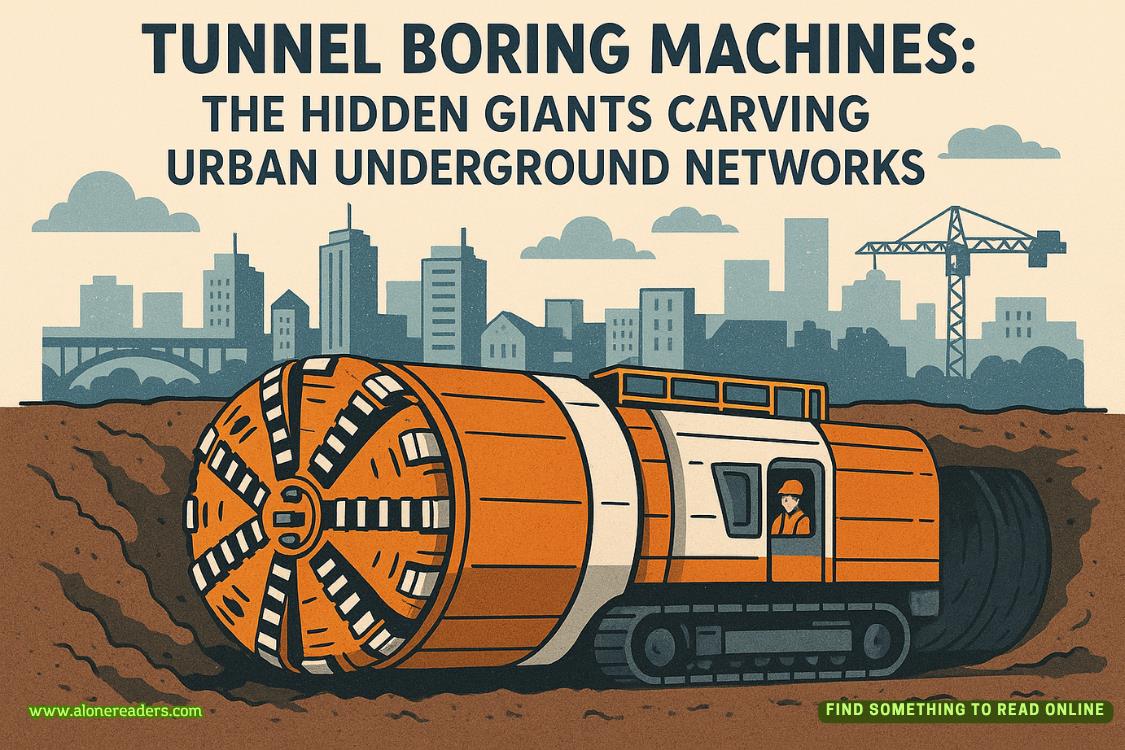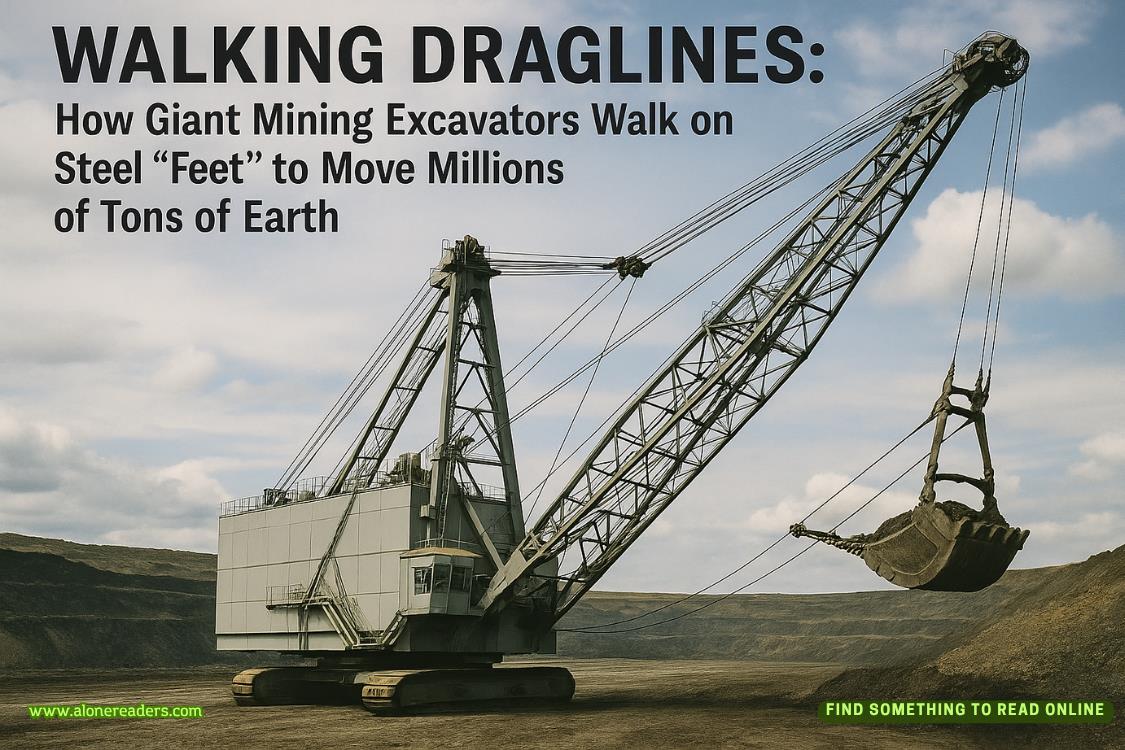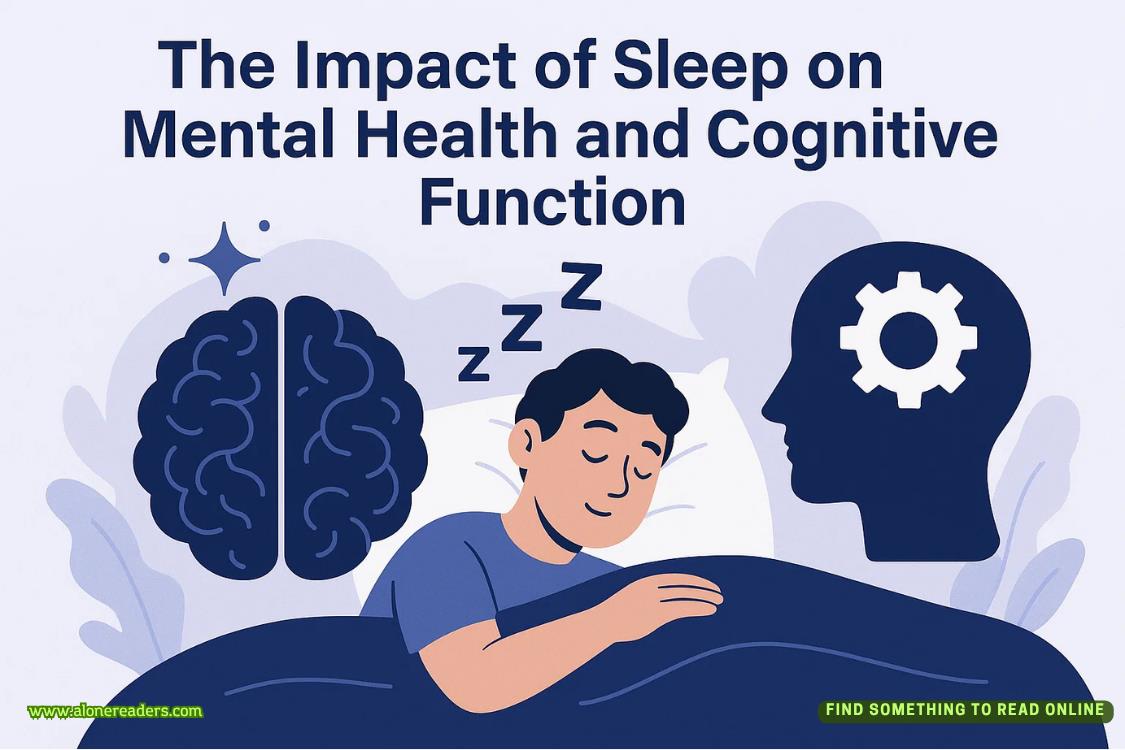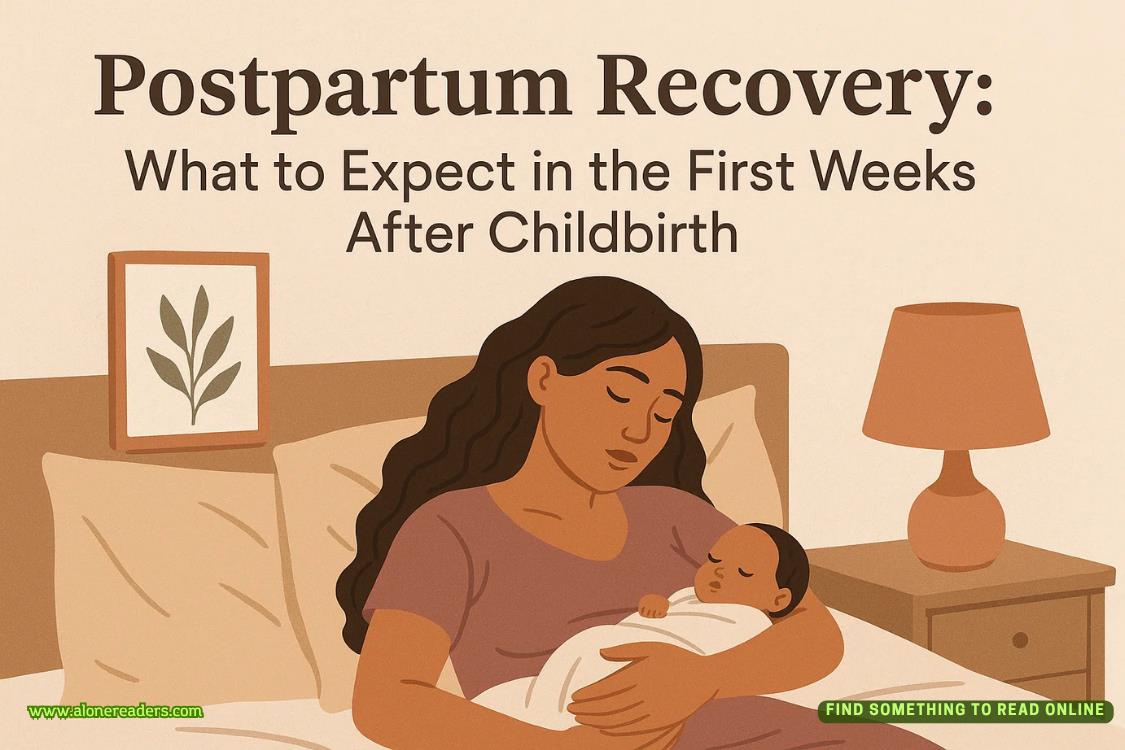Page 97 of Project Hail Mary
She wiggled her hand. “Not quite true. Sometimes gamma rays, when they pass close to an atomic nucleus, will spontaneously become an electron and a positron. It’s called ‘pair production.’ So it’s not unheard-of. But we’ve never seen neutrinos created that way.”
“That’s kind of neat. I never got too deep into atomic physics. I’ve never heard of pair production before.”
“It’s a thing.”
“Okay.”
“Anyway,” she said, “there’s a lot of complicated stuff about neutrinos I won’t get into—there are different kinds and they can even change what kind they are. But the upshot is this: They’re an extremely small particle. Their mass is something like one twenty-billionth the mass of a proton.”
“Waaaaaait,” I said. “We know Astrophage is always 96.415 degrees Celsius. Temperature is just the velocity of particles inside. So we should be able to calcu—”
“Calculate the velocity of the particles inside,” she said. “Yes. We know the average velocity of the protons. And we know their mass, which means we know their kinetic energy. I know where you’re going with this and the answer is yes. It balances.”
“Wow!” I put my hand on my forehead. “That’s amazing!”
“Yes. It is.”
That was the answer to the long-asked question: Why is Astrophage’s critical temperature what it is? Why not hotter? Why not colder?
Astrophage makes neutrinos in pairs by slamming protons together. For the reaction to work, the protons need to collide with a higher kinetic energy than the mass energy of two neutrinos. If you work backward from the mass of a neutrino, you know the velocity those protons have to collide at. And when you know the velocity of particles in an object, you know its temperature. To have enough kinetic energy to make neutrinos, the protons have to be 96.415 degrees Celsius.
“Oh man,” I said. “So any heat energy above the critical temperature will just make the protons collide harder.”
“Yes. They’ll make neutrinos and have leftover energy. Then they bump into other protons, et cetera. Any heat energy above the critical temperature gets quickly converted into neutrinos. But if it drops below critical temperature, the protons are going too slow and neutrino production stops. End result: You can’t get it hotter than 96.415 degrees. Not for long, anyway. And if it gets too cold, the Astrophage uses stored energy to heat back up to that temperature—just like any other warm-blooded life-form.”
She gave me a moment to let that all sink in. CERN really came through. But a couple of things still bothered me.
“Okay, so it makes neutrinos,” I said. “How does it turn them back into energy?”
“That’s the easy part,” she said. “Neutrinos are what’s called Majorana particles. It means the neutrino is its own antiparticle. Basically, every time two neutrinos collide, it’s a matter-antimatter interaction. They annihilate and become photons. Two photons, actually, with the same wavelength and going opposite directions. And since the wavelength of a photon is based on the energy in the photon…”
“The Petrova wavelength!” I yelped.
She nodded. “Yes. The mass energy of a neutrino is exactly the same as the energy found in one photon of Petrova-wavelength light. This paper is truly groundbreaking.”
I rested my chin on my hands. “Wow…just wow. I guess the only remaining question is how does an Astrophage keep neutrinos inside?”
“We don’t know. Neutrinos routinely pass through the entire planet Earth without hitting a single atom—they’re just that small. Well, it’s more about quantum wavelengths and probabilities of collision. But suffice it to say, neutrinos are famously hard to interact with. But for some reason, Astrophage has what we call ‘super cross-sectionality.’ That’s just a fancy term meaning nothing can quantum-tunnel through it. It goes against every law of particle physics we thought we knew, but it’s been proven over and over.”
“Yeah.” I tapped my finger on the table. “It absorbs all wavelengths of light—even wavelengths that should be too large to interact with it.”
“Yes,” she said. “Turns out it also collides with all matter that tries to get by, no matter how unlikely that collision should be. Anyway, as long as an Astrophage is alive, it exhibits this super cross-sectionality. And that brings us nicely to what I wanted to talk to you about.”
“Oh?” I said. “There’s more?”
“Yes.” She pulled a diagram of theHail Maryhull out of her bag. “This is what I need you for: I’m working on radiation protection for theHail Mary.”
I perked up. “Of course! Astrophage will block it all!”
“Maybe,” she said. “But I need to know how space radiation works to be sure. I know the broad strokes, but not the details. Please enlighten me.”
I folded my arms. “Well, there’s two kinds, really. High-energy particles emitted by the sun, and GCRs that are just kind of everywhere.”
“Start with the solar particles,” she said.
“Sure. Solar particles are just hydrogen atoms emitted by the sun. Sometimes a magnetic storm on the sun can cause it to spit out a whole bunch of them. Other times it’s relatively quiet. And lately, the Astrophage infection has been robbing so much energy from the sun that magnetic storms are less common.”
“Horrifying,” she said.















